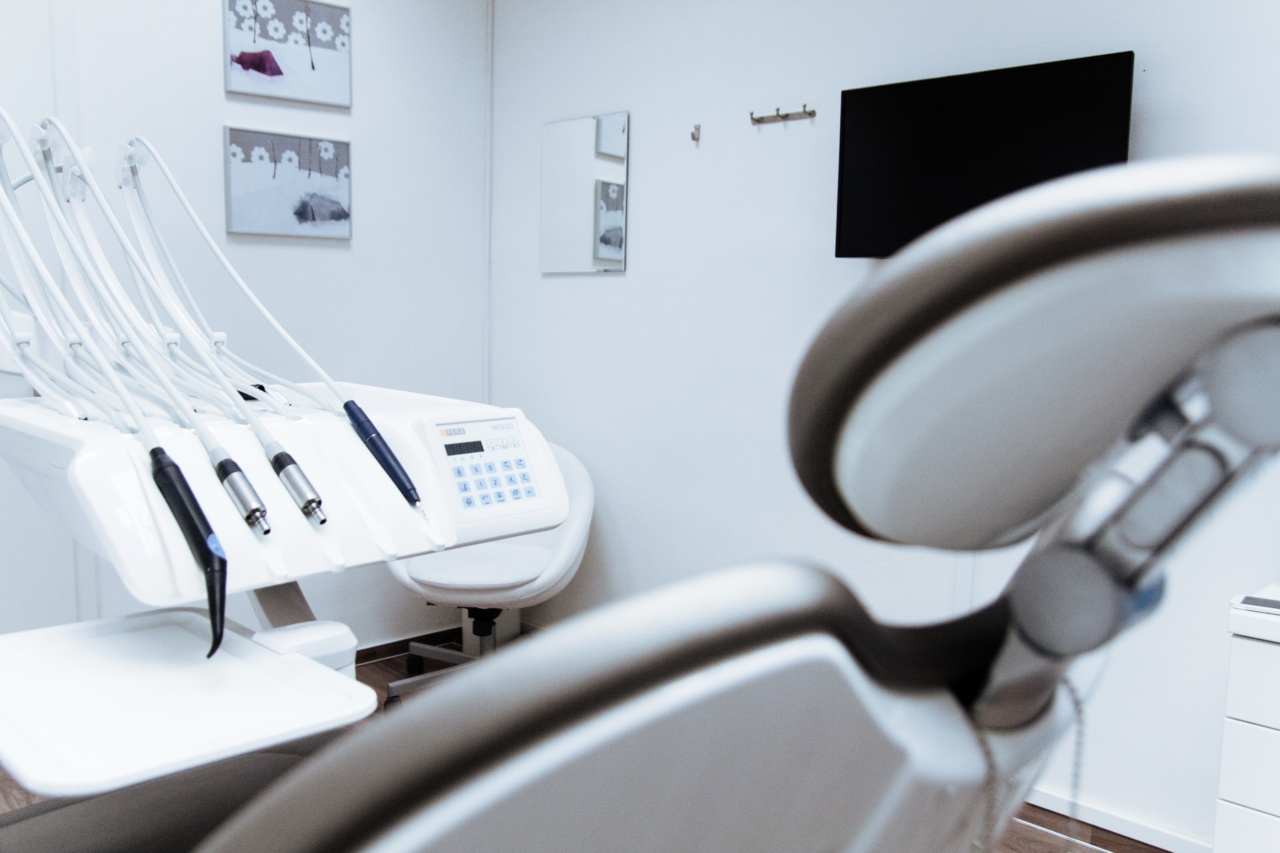Uterine fibroids are noncancerous growths that develop in the uterus. They are quite common, with many women developing them at some point in their lives.
While fibroids themselves may not be life-threatening, they can have a significant impact on a woman’s health and well-being. In this article, we will explore the connection between uterine fibroids and various health aspects.
The Causes of Uterine Fibroids
The exact cause of uterine fibroids is unknown, but several factors can contribute to their development:.
1. Hormones: Estrogen and progesterone, the hormones responsible for regulating the menstrual cycle, can promote the growth of fibroids.
2. Family history: If your mother or sister has a history of fibroids, you are more likely to develop them as well.
3. Pregnancy: The risk of developing fibroids increases during pregnancy, likely due to hormonal changes.
4. Age: Fibroids are more common in women between the ages of 30 and 40.
The Impact on Menstruation
Fibroids can have a significant impact on a woman’s menstrual cycle:.
1. Heavy bleeding: Fibroids can cause heavy menstrual bleeding, leading to prolonged periods and anemia.
2. Prolonged periods: Women with fibroids may experience periods that last longer than usual.
3. Painful periods: Fibroids may cause severe cramping and abdominal pain during menstruation.
4. Irregular periods: Some women with fibroids may have irregular menstrual cycles.
Effect on Fertility
Uterine fibroids can affect fertility in several ways:.
1. Interfering with implantation: Depending on their location, fibroids can make it difficult for a fertilized egg to implant in the uterus.
2. Blocking fallopian tubes: Large fibroids can block the fallopian tubes, preventing sperm from reaching the egg.
3. Distorting the uterine cavity: Fibroids that change the shape of the uterus can affect the movement of sperm and interfere with embryo development.
4. Increasing the risk of pregnancy complications: Women with fibroids may have a higher risk of miscarriage, preterm labor, and breech presentation.
Impact on Pelvic Discomfort
Fibroids can cause various forms of pelvic discomfort:.
1. Pressure and pain: Large fibroids can cause pressure on the bladder or rectum, leading to frequent urination, constipation, or pain.
2. Backache: Fibroids pressing against the spine can cause lower back pain.
3. Pelvic pain: Fibroids can cause chronic pelvic pain and discomfort.
4. Pain during intercourse: Fibroids may cause pain or discomfort during sexual intercourse.
The Connection to Pregnancy
Fibroids can have a significant impact on pregnancy:.
1. Increased risk of cesarean delivery: Fibroids can obstruct the birth canal, making a cesarean delivery more likely.
2. Placental abruption: Fibroids may increase the risk of the placenta separating from the uterine wall before delivery, which can be dangerous for both the mother and baby.
3. Preterm labor: Fibroids can trigger premature contractions and lead to preterm labor.
4. Postpartum hemorrhage: Women with fibroids are more likely to experience excessive bleeding after giving birth.
Diagnosis and Treatment Options
To diagnose uterine fibroids, your doctor may perform a pelvic exam, ultrasound, MRI, or hysteroscopy. Treatment options depend on the severity of symptoms, your age, and desire to conceive:.
1. Watchful waiting: If your fibroids are small and asymptomatic, your doctor may recommend observing them without any immediate treatment.
2. Medications: Hormonal medications, such as birth control pills or gonadotropin-releasing hormone agonists, can help manage symptoms and control fibroid growth.
3. Minimally invasive procedures: Procedures like uterine artery embolization (UAE), myomectomy, and MRI-guided focused ultrasound surgery can remove or shrink fibroids, preserving the uterus.
4. Hysterectomy: In severe cases or for women who do not wish to have children, a hysterectomy may be recommended as a permanent solution.
Lifestyle Considerations
While lifestyle changes cannot eliminate fibroids, they may help in managing symptoms:.
1. Eating a balanced diet: Opt for a diet rich in fruits, vegetables, whole grains, and lean proteins. Avoid processed foods and excessive salt intake.
2. Exercise regularly: Engaging in physical activity can help alleviate symptoms and improve overall well-being.
3. Manage stress: Explore stress-management techniques like yoga, meditation, or counseling to cope with the emotional impact of fibroids.
4. Maintain a healthy weight: Being overweight or obese can exacerbate fibroid symptoms. Ensure you maintain a healthy weight through lifestyle modifications.
Conclusion
Uterine fibroids can have a profound impact on a woman’s health and quality of life. From affecting menstruation to fertility and pregnancy, fibroids can cause various complications and discomfort.
It is important for women to be aware of the symptoms and seek appropriate medical care. With proper diagnosis and treatment, the effects of fibroids can be managed effectively, allowing women to lead healthier and happier lives.




























